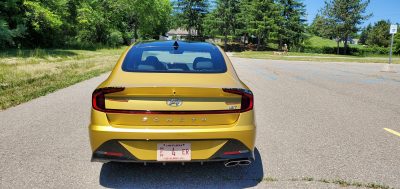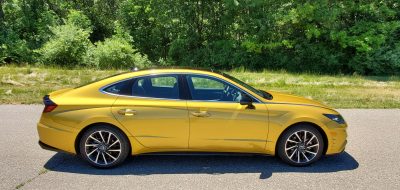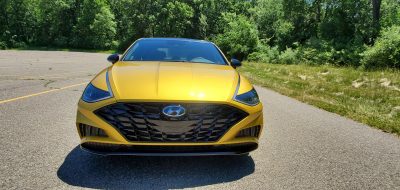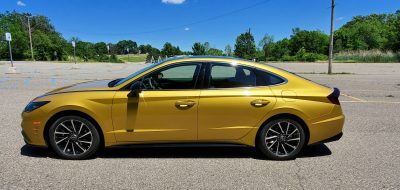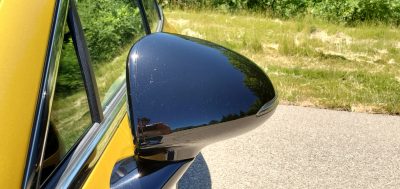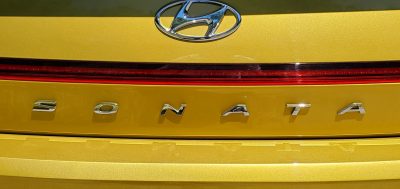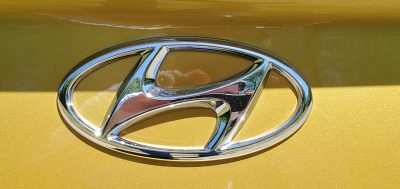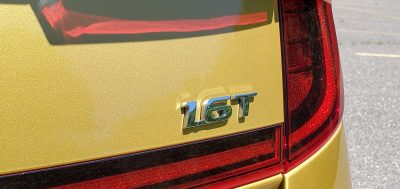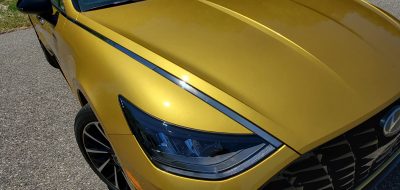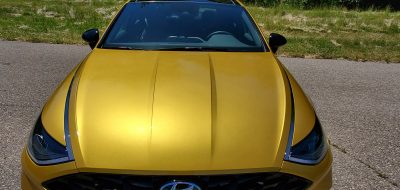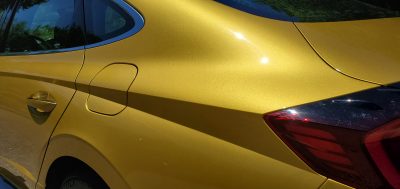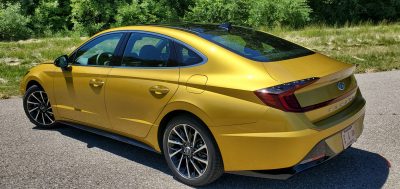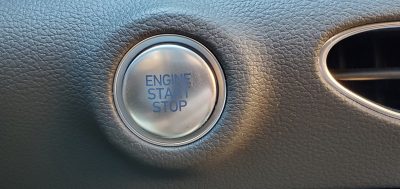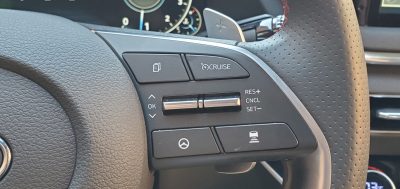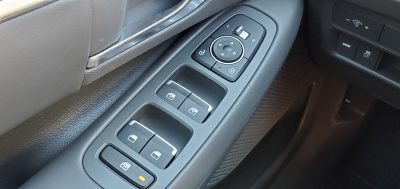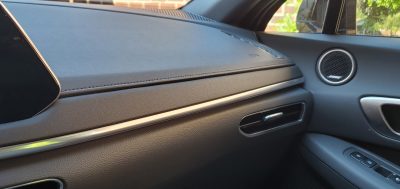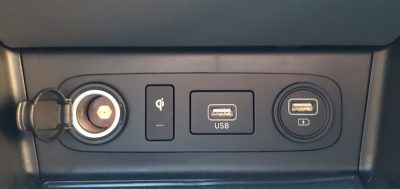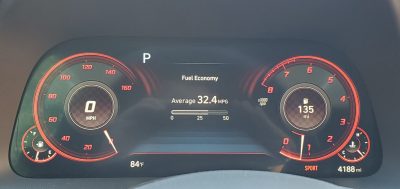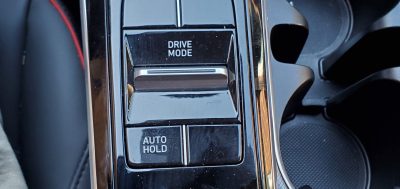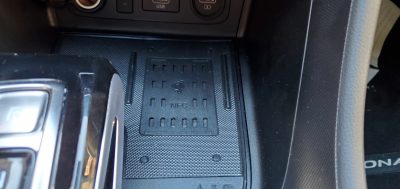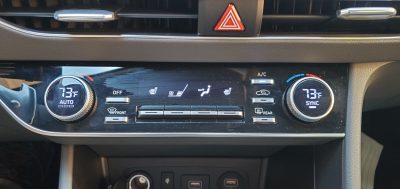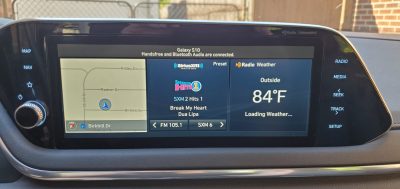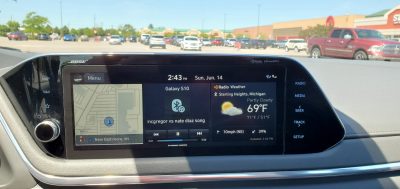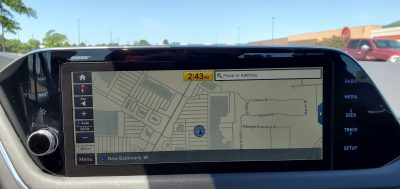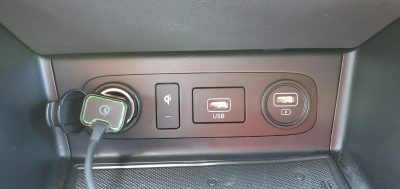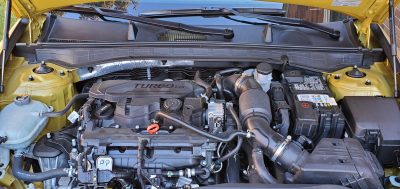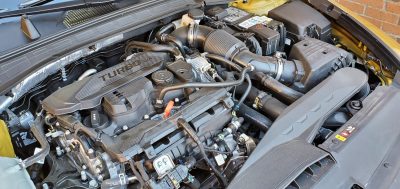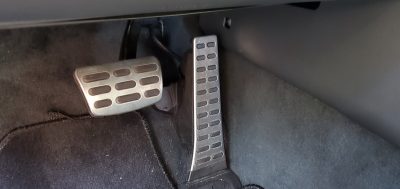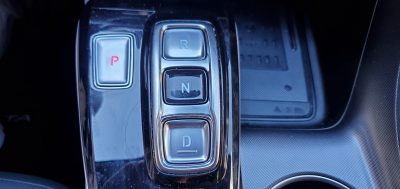In an age where SUV and CUV sales are rapidly displacing sedans in the sales charts, the ability to evoke a strong emotional need to consumers is becoming a rapidly important goal for the sedan segment. Whether the reaction is good or bad, it’s certainly far better than having no reaction at all. Hyundai is keenly aware of this, and has sculpted the 2020 Sonata to achieve just that. But while the Limited model we tested in Metro Detroit awhile back certainly had the technology to back up its ambitious goals, we were curious if this could extend out to the volume focused SEL model?
Second stanza still retains elegant beauty:
The range topping Limited model boasted a number of styling touches that allowed the Sonata to make a strong first impression, and it’s good to see that our Glowing Yellow hued SEL tester still managed to retain alot of that model’s poise and charisma. While the front fascia misses out on some of the bright work that defines range topping Limited models, the SEL still projects a bold presence (especially when equipped in SEL Plus guise like our car,) with the cascading front grille and the headlights still doing their part to instill aggression into the design. This is carried through the side profile, and into the rear end which features a slick light bar. Like before, the canvas is a love it or hate it affair, but it’s certainly a leg up over what we have seen on both the Toyota Camry, Chevrolet Malibu, and the Honda Accord. The exterior design is also a subtle reminder to a time when Hyundai placed a tremendous amount of its efforts into aesthetics, and this form could help generate a strong buzz like the first fluidic designed model did when it appeared earlier in the 2000s.
Athletic interior retains tech first layout:
While the exterior styling and its funky lines will certainly start discussions, the interior will ultimately win even the most cynical of people over with its clean design and technology infused cabin. Like the exterior, the interior of the SEL Plus misses out on some of the extra garnishments that come with the range topping Limited, but we don’t that particular detail at all. The seats for example are decidedly more sportier than the leather seats in higher trim Sonatas, and even come with a fabric seat insert in the seat back that helps keep occupants in place better during vigorous daily commuting, and the dashboard itself is very functional, and has alot of the crisp detail that we have come to love in some of Hyundai’s other recent products.
The stylish sloping roof does cut into rear seat room slightly, but it’s not as bad as other entries, and passengers will still find a space that is comfortable and spacious to match. Like other Sonatas we have encountered, trunk space is cavernous, with the boot of our tester easily swallowing a medium sized load of groceries, as well as parcels that were destined for my parents house. When viewed against a few of its competitors, we think that the SEL ranks somewhere in the middle. It’s certainly a noticeable upgrade over the Toyota Camry and some flavors of Honda Accord, but with the recently revamped Nissan Altima boldly stepping up to the plate with a revamped cabin of its own, the Sonata will certainly have its work cut out for it when it comes to staying fresh in the sedan segment.
Thankfully, Hyundai’s UVO equipped infotainment system continues to be a marvel when it comes to everyday usability, with the screen delivering crisp graphics, as well as lightning quick load times. Our one real complaint in regards to the cabin is some of the piano black trim that is used. It looks slick during the day, but it’s a massive fingerprint magnet, and we advise having a cloth handy if you want to keep it looking showroom fresh, especially when your hauling guests to the theater for a quick show.
Turbocharged Fun For Everyday Commuting:
Choose the SEL Plus and you will be rewarded with Hyundai’s 1.6 liter turbocharged four cylinder engine. The SEL Plus is the lowest trim on the totem pole that can be equipped with the turbo four, with formal SEL variants and below being powered by a naturally aspirated 2.5 liter four cylinder engine. The 180 horsepower on hand allows the Sonata to be a very sprightly car, with our tester having a good amount of poise when going through town. The 1.6 liter is also in a very interesting plane as far as how it fares with rivals and their top engine choices. The Camry for example offers a much more powerful but naturally aspirated V6 as an upgrade over the standard 2.5 liter four cylinder. The Accord’s base engine is actually very close to the 1.6 liter, with the turbocharged 1.5 liter in that car making more power (192 horsepower) versus the Sonata’s 180.
An eight speed automatic is the sole transmission available, with the unit in our car doing a good job of handling the task of selecting the right gear every time we needed it. The automatic is also a distinct alternative to the CVTS that are used in both the Accord and the Altima, and delivers welcome shift quality. Buyers looking for more power will have to wait until the Sonata N-Line makes its appearance, with that model resolving the power gap that exists in the Sonata lineup. The N-Line will also sharpen up the Sonata’s handling manners though we will ave to wait until we get a chance to go behind the wheel to find out how successful the upgrades are at doing just that. For the moment, the standard Sonata holds its own well, with minimal amounts of body roll, and the steering has the typical over-boosted feel that commonly defines sedan offerings in its market bracket.
Value Quotient:
Unlike a few of its rivals, Hyundai offers a very simple pricing ladder for the 2020 Sonata, with a base SE model starting at $23,600. Buyers looking to add more turbocharged excitement and equipment to their purchase will have to step up to SEL Plus models like our tester which start at $27,650. Our lightly optioned tester arrived with a final sticker just under $30,000 which includes the destination fee. This pricing allows the SEL Plus to still be within reach of mainstream buyers, while also allowing the turbocharged 1.6 liter to have a broader dragnet of appeal. This pricing also puts it in the crosshairs of more powerful rivals, with the Camry XSE being perilously close to our tester’s MSRP. The Chevrolet Malibu is still hanging in the marketplace, with comparable LT models starting at $27,595. But while the Malibu features an all turbo engine lineup, the base 1.5 liter 160 horsepower turbo four does come up a bit short in the power wars, and buyers looking to move up to the 2.0 liter will have to go for the range topping Premier which rings in at $31,545 before options.
With the Sonata Limited serving as the brand’s poster child for some of the company’s technology (including the neat Smart Park feature.) The SEL and SEL Plus thrive in their roles as being the bread and butter of the Sonata family. While the optional 1.6 liter turbo might not have as much muscle as some other optional engines in the segment, few can ignore the sheer amounts of technology and style that the Sonata brings to the table. As far as being a worth second verse goes, we think the SEL Plus has what it takes to pull its weight in Hyundai’s greater sale symphony.

Carl Malek has been an automotive journalist for over 10 years. First starting out as a freelance photographer before making the transition to writing during college, his work has appeared on numerous automotive forums as well as websites such as Autoshopper.com.
Carl is also a big fan of British vehicles with the bulk of his devotion going to the Morgan Motor Company as well as offerings from Lotus, MG, and Caterham. When he is not writing about automobiles, Carl enjoys spending time with his family and friends in the Metro Detroit area, as well as spending time with his adorable pets.


